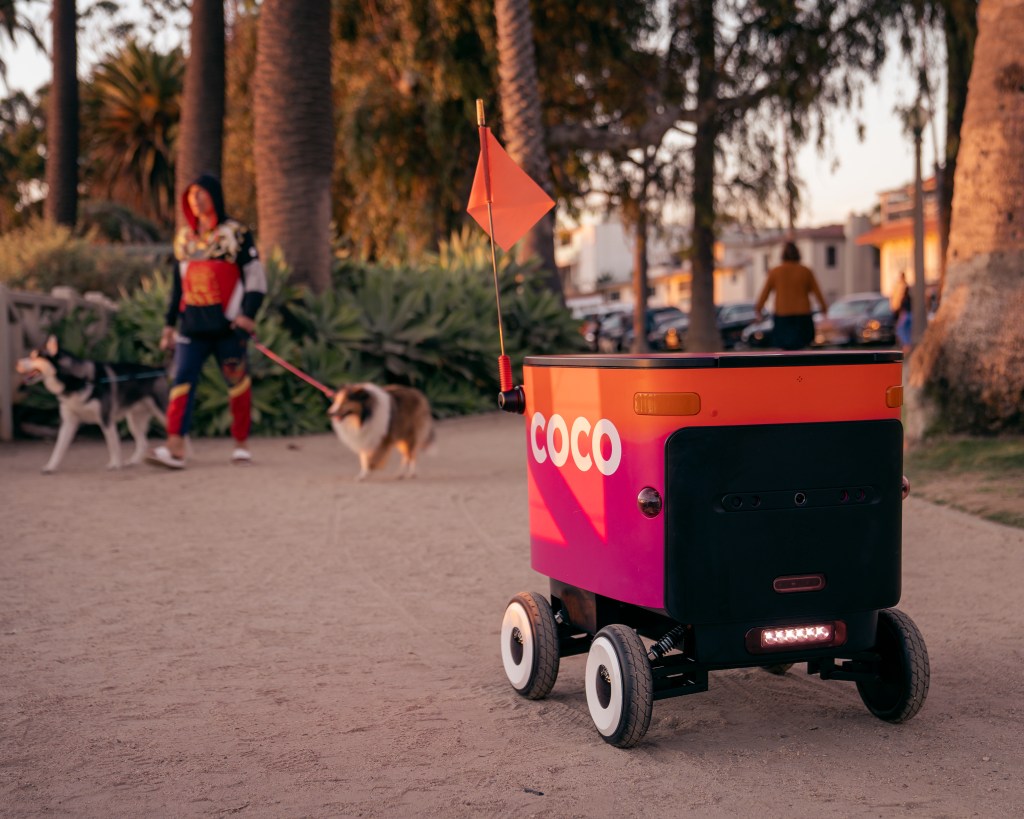In the dynamic landscape of digital product development, achieving seamless collaboration between design and engineering teams remains a formidable challenge. Organizations often grapple with fragmented information, relying on disparate tools and manual processes that can lead to miscommunication, inefficiencies, and inconsistencies in product design and implementation.
The Challenge of Cross-Functional Collaboration
Design teams frequently utilize platforms like Figma to craft user interfaces, while engineering teams manage source code through systems such as Git. This division can result in a disconnect, where design specifications and engineering implementations are not perfectly aligned. For large enterprises managing multiple brands and digital assets, this misalignment can escalate, leading to branding inconsistencies and prolonged development cycles.
Introducing Knapsack: A Unified Collaboration Platform
Knapsack emerges as a solution tailored to bridge this gap. It offers a collaborative workspace that integrates seamlessly with both design and engineering tools, ensuring that all stakeholders have access to a unified source of truth. By connecting with platforms like Figma and Git, Knapsack consolidates design changes and code updates, presenting them in a centralized location. This integration ensures that all team members are synchronized, reducing the risk of errors and maintaining brand consistency across all digital products.
For instance, if a design specifies a button to be 60 pixels in height, Knapsack documents this specification, ensuring that the implementation adheres to the design without discrepancies. This meticulous attention to detail helps prevent common pitfalls such as sizing errors, which can compromise the user experience and brand integrity.
Recent Funding and Technological Advancements
On October 9, 2025, Knapsack announced a successful Series A funding round, securing $10 million and bringing its total funding to $20.8 million. This financial milestone underscores the industry’s recognition of the critical need for enhanced collaboration tools in product development.
In conjunction with this funding, Knapsack is introducing advanced AI capabilities to further streamline the design-to-development process. A notable addition is the Model Context Protocol (MCP) server, an open-source standard developed by Anthropic. The MCP server enhances AI models’ ability to generate contextually relevant responses by accessing a company’s design and brand standards. Currently in limited beta, this feature allows teams to deploy AI agents, utilizing models like ChatGPT and Gemini, that operate in alignment with established brand guidelines.
Additionally, Knapsack is developing an ingestion engine aimed at expediting the creation of a comprehensive system of record—a centralized repository of data and information for a company. Traditionally, establishing such systems can be a time-consuming endeavor, often taking months. Knapsack’s forthcoming engine is designed to reduce this setup time to just a few days, facilitating quicker onboarding for new teams and projects.
The Broader Context: Industry Trends and Comparisons
Knapsack’s initiatives are part of a broader trend in the tech industry, where companies are increasingly investing in tools that enhance collaboration between design and engineering teams. For example, Gravity Sketch, a London-based startup, has developed a platform that leverages virtual reality to enable real-time 3D design collaboration. In April 2022, Gravity Sketch raised $33 million in a Series A funding round led by Accel, highlighting the growing demand for innovative collaboration solutions in product design.
Similarly, CoLab, a Newfoundland-based company, offers a web-based collaboration tool and issue-tracking platform for engineering teams. In October 2021, CoLab secured $17 million in Series A funding led by Insight Partners, reflecting the industry’s commitment to improving cross-functional team collaboration.
These developments underscore a collective recognition of the challenges inherent in product development and the necessity for tools that facilitate seamless communication and collaboration between diverse teams.
Looking Ahead: The Future of Design and Engineering Collaboration
As digital products become increasingly complex and the demand for rapid development cycles intensifies, the need for effective collaboration tools becomes more pronounced. Knapsack’s recent funding and technological advancements position it as a key player in addressing these challenges. By providing a unified platform that integrates design and engineering workflows, Knapsack aims to reduce miscommunication, enhance efficiency, and ensure consistency across digital products.
The integration of AI capabilities further signifies a forward-thinking approach, leveraging technology to automate and streamline processes that have traditionally been manual and time-consuming. As these tools continue to evolve, they hold the potential to redefine how design and engineering teams collaborate, ultimately leading to more innovative and cohesive digital products.
Conclusion
Knapsack’s recent achievements highlight the critical importance of bridging the gap between design and engineering teams in the digital product development process. By securing substantial funding and introducing advanced technological features, Knapsack is poised to make significant contributions to enhancing collaboration, reducing inefficiencies, and ensuring brand consistency. As the industry continues to evolve, tools like Knapsack will play a pivotal role in shaping the future of product development, fostering environments where cross-functional teams can work together seamlessly to create exceptional digital experiences.



